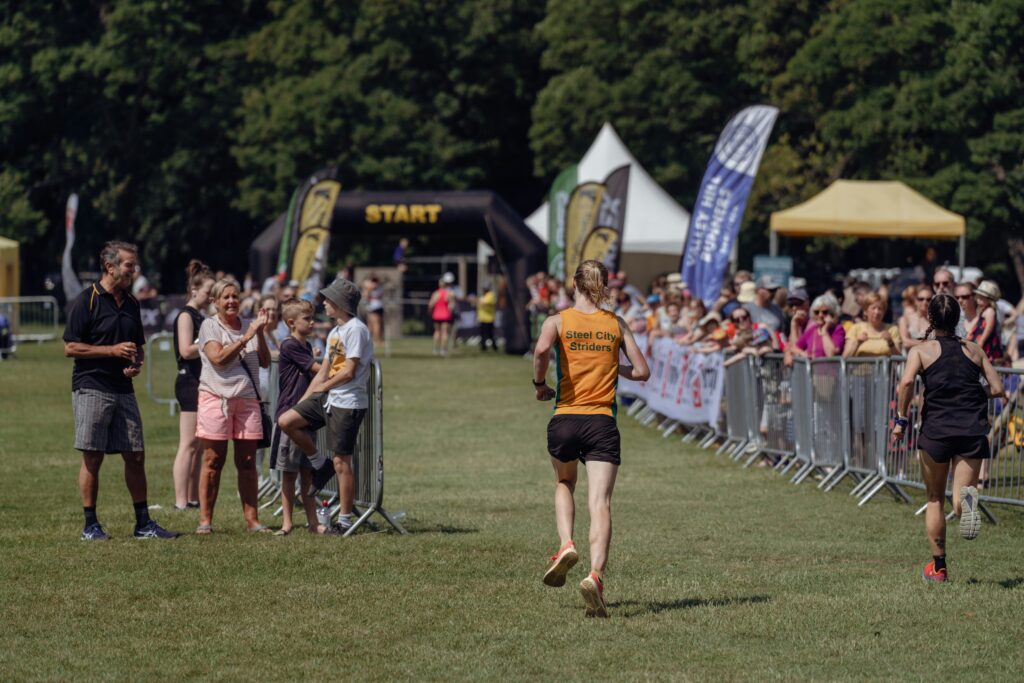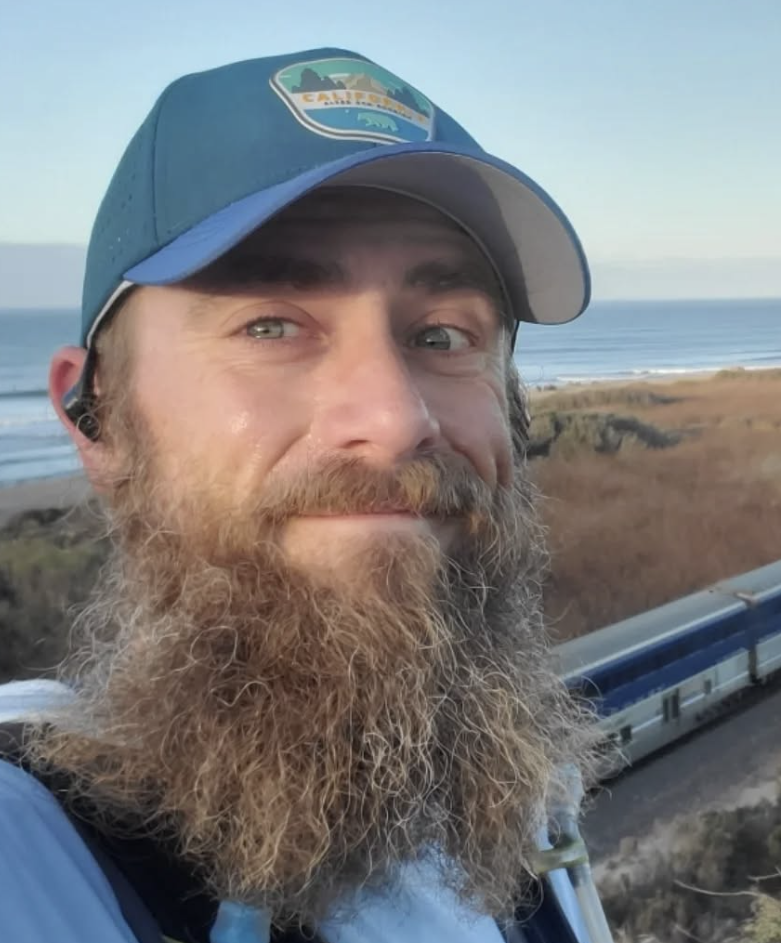Summer Running for Fall Races

The summer months usually bring new aspects to any athlete’s training that should be considered when they are doing everything from base mileage to a quality session. We’ve all been there, it’s hot and humid and we are trying to hit our paces on a scheduled workout and start to get frustrated because it’s just not happening. If your summer running has got you hot and bothered here are a few training tips and things to focus on to get you through those sessions.
Timing Is Everything
Start early or go later, this seems obvious but try to avoid the hottest part of the day, which actually is between 3 to 5 in the afternoon. I won’t get into the science behind it, many people think that the hottest part of the day is generally around noon, when the sun is the highest. It may feel the hottest due to the direct sunlight on your skin, but think of noon like preheating an oven, the earth is starting to warm up and hits high temps a few hours later.
Running at night or right after sunrise will eliminate the additional heat from direct sunlight. If you can’t avoid running at those times, try and find some shade where temps could be anywhere between 5 to 10 degrees cooler. The dreadmil (dreaded treadmill) will keep you cooler and help you work on your mental game if running outside isn’t an option.
Hydrate, Hydrate, Hydrate
Hydrate, hydrate, hydrate and stay salty my friends. Studies show that even a 2% dip into hydration can tank your performance along with mental capacity, I have little mental capacity remaining so I try to hold onto whatever I have. If you’re thirsty it’s probably already heading there. When you sweat there are two things that need to be replaced: the fluid loss due to your sweat and the electrolytes loss in your sweat. Make sure that you are taking in 24 to 36 oz of fluid per hour of activity. Fluid intake is just half the battle. If you are just taking in water you could be flushing the remaining electrolytes out of your system and furthering dehydration.
Electrolytes, typically sodium, also need to be replaced to ensure that you stay hydrated. The recommended range for sodium intake is anywhere between 500 to 1500 mg of activity. The range for fluid and electrolytes are large and it may take some trial and error to hit your needed intake. If you are a heavy sweater aim for the higher end of the fluid intake range, and if there are salt stains on your clothing or your face feels crusty and salty at the end of a workout aim for the higher end of the sodium intake.
ADVERTISEMENT

Why Paces Feel Like a Slog
So now that you are salted, hydrated, and running outside of the hottest parts of the day, what should you expect for your workout? Any additional stress that is put on the body, results in added physiological strain. Temperature above 62 degrees, starts to add to this strain. When an additional strain is added, effort needs to increase to maintain certain levels of Rate of Perceived Exertion (RPE). This is where the frustration occurs, what seemed like a low effort run a month ago, now becomes a higher effort slog through the heat and humidity.
Relax, no really relax, and go easier. For every 5 degrees above 60 degrees fahrenheit, you should add 20 to 30 seconds to your min per mile pace. A quick example, if you are running a 7:00 min/mile pace tempo run at 60 degrees, and head out for the same run at 90 degrees (30 degree difference) you would add a full 2 minutes to your pace. You are doing the same amount of work at a 9:00 min/mile pace. That’s why trying to run at your paces feels like such a slog. Slow down and realize you are doing the work.
Embrace the Summer Pace
You’ll be able to survive the doldrums of the summer workouts and stay healthy if you embrace your summer pace. Slow down, stay salty and hydrated, and avoid the hottest part of the day and you will be on your way to hitting even faster paces for your fall workouts and races.
ADVERTISEMENT

Steve Epifano is a dedicated running coach, ultrarunner, and passionate member of the endurance community. After returning to running in 2013 following a health scare, he has since completed races ranging from 5Ks to 250-mile ultras. Since 2021, he has been coaching athletes of all levels, helping them discover their love for running and push beyond their perceived limits. With UESCA certification and personal experience, he provides the guidance and support athletes need to reach their goals.







